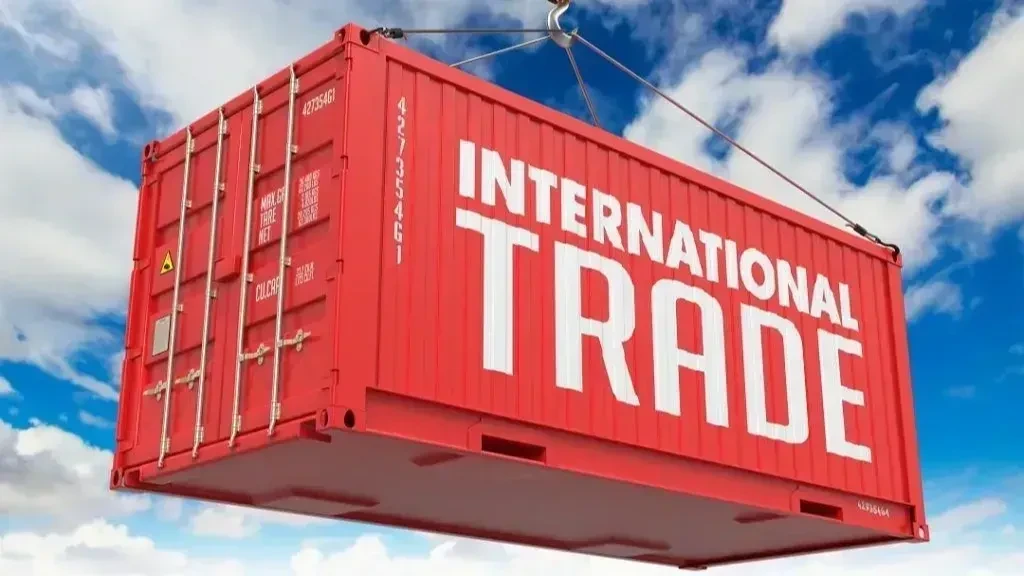Raising benchmark rate at 3.5pc inflation worrisome

THERE will evidently be mixed feelings as those relying on bank credit brood over the likely impact of changes being planned in borrowing costs.
This follows a policy shift by the Bank of Tanzania (BoT) which could see the bank’s benchmark interest rate rise to six per cent for the second quarter of this year.
Credit market analysts contacted for comment on the issue have included those comprehending the move and those rather sceptical as to the impact of the envisage move.
The BoT governor set out the key interest rate shift to 6 per cent, which eclipses the debut benchmark policy rate of 5.5 per cent in January, where the central bank talked of altering policy criteria from money supply to inflation and credit movements.
It is widely expected that critics will try to figure out if there is indeed a change in policy, or whether there can be a change of focus at all, since the end result is taming inflation in that the supposedly different methods add up to one.
While easy money quickens commerce, it may also fuel inflation, so how far is the move right?
On the basis of BoT’s own data, inflation is not more than 3.5 per cent at present – and, in that sense, the situation called for no effort at money tightening even by being euphemistically referred to as credit tightening.
If one were to talk about convergence criteria, it is clear that there is no convergence at 3.0 per cent inflation as well as 3.0 per cent public debt to gross domestic product (GDP) as in the European Union.
That looks puritanical for many observers especially as inflation rates in the East African Community zone are targeted at single digit, and at most at 5.0 per cent.
According to the BoT governor, who stands as the national monetary policy committee chairman, the decision followed macroeconomic forecasts conducted last month.
It is these which apparently raised the requirement for an increase in the scope of monetary policy actions, chiefly meant as intervention to contain lingering inflationary pressures.
That would have been sort of warranted had inflation been at 6.0 per cent, despite that being within the convergence zone of single-digit rates –even at 8.0 per cent or a bit higher.
The clearly relevant datum in the monetary policy move is the shortage of the dollar, with the central bank raising lending rates mainly to discourage investors from starting new projects.
That would imply a less visible private sector stampede for dollars in ordering capital goods from outside by the private sector.
Treasury reckons that more dollars from various operators will be deposited with greater ease in commercial banks, so it will keep or boost its reserves at no extra costs.
The point is that the government doesn’t see the need to compete with the private sector for ‘dollar catchment’ in the market as that would add to debts of parastatals or higher costs for construction in government projects if they are in need of dollars on a routine basis. It isn’t macroeconomic but fiscal issues.
This is another illustration of why refusing to privatise majority shares carries risks of unravelling the carefully nurtured ‘doing business climate’ for both foreign and local investors.
The risk lies in raising the level of foreign currency supplies from own sources to a much higher level than would otherwise be the case.
All respective margins would affect investment decisions and, in this case, the bar has been raised a bit high – to the benefit of competitors for investment flows.
But most competing players in the region either have high inflation or security concerns, in which case the rate tightening measure will indeed cool things down, but without altering investment directions except for a number of local entrepreneurs to branch out.
Top Headlines
© 2025 IPPMEDIA.COM. ALL RIGHTS RESERVED

















